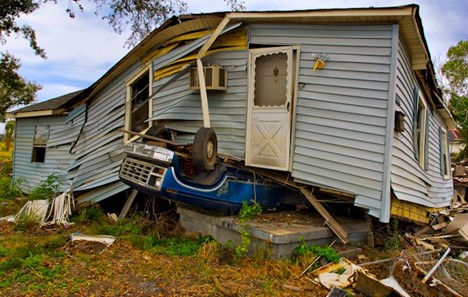In the wake of natural disasters and emergencies, philanthropic organizations play a crucial role in providing immediate relief and long-term recovery support to affected communities. Their efforts go beyond financial contributions, encompassing strategic planning, collaboration with local stakeholders, and fostering resilience. D’Andre Lampkin explores the philanthropic approaches to disaster relief and recovery, highlighting the strategies employed and the impact on communities in times of crisis.
Immediate Response and Relief Efforts
When disaster strikes—a hurricane, earthquake, wildfire, or humanitarian crisis—philanthropic organizations swiftly mobilize resources to address urgent needs. Immediate response efforts typically include:
- Emergency Funding: Foundations and charitable trusts allocate funds for immediate relief, supporting organizations on the ground that provide food, shelter, medical care, and essential supplies to affected populations.
- Logistical Support: Philanthropic entities collaborate with logistics experts and transportation providers to deliver aid quickly and efficiently to disaster-stricken areas, overcoming logistical challenges posed by damaged infrastructure.
- Coordination with Local Authorities: Collaboration with local governments, emergency responders, and nonprofit partners ensures a coordinated response, maximizing the impact of relief efforts and avoiding duplication of services.
- Deployment of Volunteers: Many philanthropic organizations deploy trained volunteers, including medical professionals, engineers, and disaster response specialists, to provide hands-on assistance and expertise in affected communities.
Long-Term Recovery and Rehabilitation
Beyond immediate relief, philanthropic organizations focus on long-term recovery and rehabilitation efforts that promote community resilience and sustainable development:
- Community-Led Initiatives: Supporting grassroots organizations and community leaders in developing recovery plans that address local needs and priorities, empowering residents to rebuild their lives and infrastructure.
- Capacity Building: Investing in capacity-building programs that enhance local organizations’ ability to respond to future disasters effectively, including training in disaster preparedness, risk reduction, and response coordination.
- Infrastructure Restoration: Funding infrastructure projects, such as rebuilding homes, schools, and healthcare facilities, to restore essential services and improve community resilience against future disasters.
- Psychosocial Support: Providing mental health services and psychosocial support to individuals and families affected by trauma, helping them heal emotionally and rebuild social connections within their communities.
Collaboration and Partnership
Philanthropic organizations recognize the importance of collaboration and partnership with various stakeholders to maximize their impact in disaster-affected areas:
- Public-Private Partnerships: Collaborating with governments, businesses, and international organizations to leverage resources, expertise, and networks, enhancing the scale and effectiveness of relief and recovery efforts.
- Local Engagement: Engaging local communities in decision-making processes, respecting their knowledge, cultural norms, and priorities, to ensure that relief efforts are culturally sensitive and responsive to local needs.
- Data-Driven Approaches: Utilizing data analytics and technology to assess needs, monitor progress, and evaluate the impact of interventions, enabling organizations to make informed decisions and adjust strategies as necessary.
- Building Resilience: Investing in programs that build community resilience, such as environmental conservation, sustainable agriculture, and economic development initiatives, to mitigate the impact of future disasters and promote long-term stability.

Challenges and Lessons Learned
Despite their impact, philanthropic organizations face challenges in disaster relief and recovery efforts, including:
- Resource Limitations: Limited funding and resources may constrain the scope and duration of relief efforts, necessitating prioritization of interventions based on urgency and impact.
- Coordination Complexities: Coordinating with diverse stakeholders and navigating bureaucratic processes can slow down response times and hinder the effectiveness of relief efforts.
- Sustainability Concerns: Balancing immediate relief with long-term sustainability goals requires careful planning and investment in community-driven initiatives that promote self-reliance and resilience.
Conclusion
In conclusion, philanthropic approaches to disaster relief and recovery demonstrate the power of collective action, compassion, and strategic investment in building resilient communities. By mobilizing resources, fostering partnerships, and prioritizing local engagement, philanthropic organizations contribute significantly to restoring hope, stability, and prosperity in disaster-affected areas.
As we reflect on the role of philanthropy in times of crisis, let us continue to support initiatives that uphold dignity, empower communities, and pave the way for a more resilient future.
